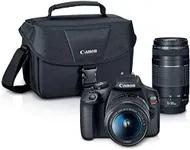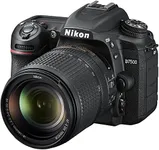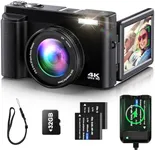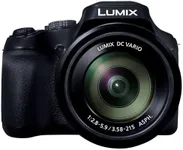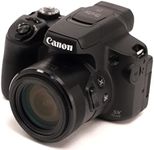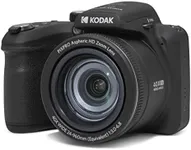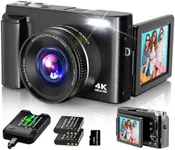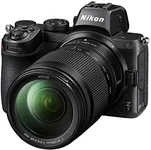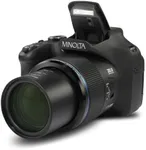Buying Guide for the Best Digital Camera For Wildlife Photography
Choosing the right digital camera for wildlife photography can be a game-changer in capturing those perfect moments in nature. Wildlife photography often involves fast-moving subjects, varying light conditions, and the need for high-quality images. Therefore, it's essential to understand the key specifications that will help you make an informed decision. Here are the most important specs to consider and how to navigate them to find the best fit for your needs.Sensor SizeThe sensor size of a camera determines the amount of light that is captured to create an image. Larger sensors generally produce better image quality, especially in low light conditions, which is crucial for wildlife photography. Full-frame sensors are the largest and offer the best quality, but they are also more expensive and heavier. APS-C sensors are smaller but still provide excellent quality and are more affordable and portable. If you often shoot in low light or need the highest image quality, a full-frame sensor is ideal. For a balance between quality, cost, and portability, an APS-C sensor is a good choice.
Autofocus SystemThe autofocus system is critical for capturing sharp images of fast-moving wildlife. A good autofocus system will have multiple focus points and fast tracking capabilities. Cameras with more focus points and advanced tracking algorithms can lock onto and follow moving subjects more effectively. For wildlife photography, look for a camera with at least 50 focus points and advanced tracking features. If you frequently photograph fast-moving animals, prioritize a camera with a highly responsive and accurate autofocus system.
Frame Rate (FPS)Frame rate, measured in frames per second (FPS), indicates how many images a camera can take in one second. A higher FPS is beneficial for capturing fast action, such as birds in flight or animals running. Cameras with a frame rate of 10 FPS or higher are ideal for wildlife photography. If you often shoot fast-moving subjects, a higher FPS will increase your chances of getting the perfect shot. For more static subjects, a lower FPS may suffice.
Lens CompatibilityLens compatibility refers to the range of lenses that can be used with a camera. Wildlife photography often requires long telephoto lenses to capture distant subjects. Ensure the camera you choose is compatible with a variety of telephoto lenses. Some camera brands have a wider selection of lenses, which can be an advantage. If you already own lenses, consider a camera that is compatible with them. Otherwise, look for a camera brand that offers a good range of telephoto lenses to suit your needs.
Weather SealingWeather sealing protects the camera from dust, moisture, and other environmental elements. Wildlife photography often takes place in challenging conditions, so a weather-sealed camera is essential for durability and reliability. Cameras with weather sealing are built to withstand rain, humidity, and dust, making them more robust for outdoor use. If you frequently shoot in harsh environments, prioritize a camera with comprehensive weather sealing to ensure it can handle the conditions.
Battery LifeBattery life is important for long shooting sessions, especially in remote locations where recharging may not be possible. A camera with a longer battery life will allow you to shoot for extended periods without interruption. Look for cameras that offer at least 500 shots per charge. If you often spend long hours in the field, consider a camera with excellent battery life or the option to use battery grips for extended power.
Image StabilizationImage stabilization helps reduce blur caused by camera shake, which is particularly useful when shooting handheld with long telephoto lenses. There are two types: in-body stabilization (IBIS) and lens-based stabilization. Both are effective, but IBIS works with any lens attached to the camera. For wildlife photography, image stabilization is crucial for sharp images, especially in low light or when using long lenses. If you often shoot handheld, prioritize a camera with effective image stabilization.
